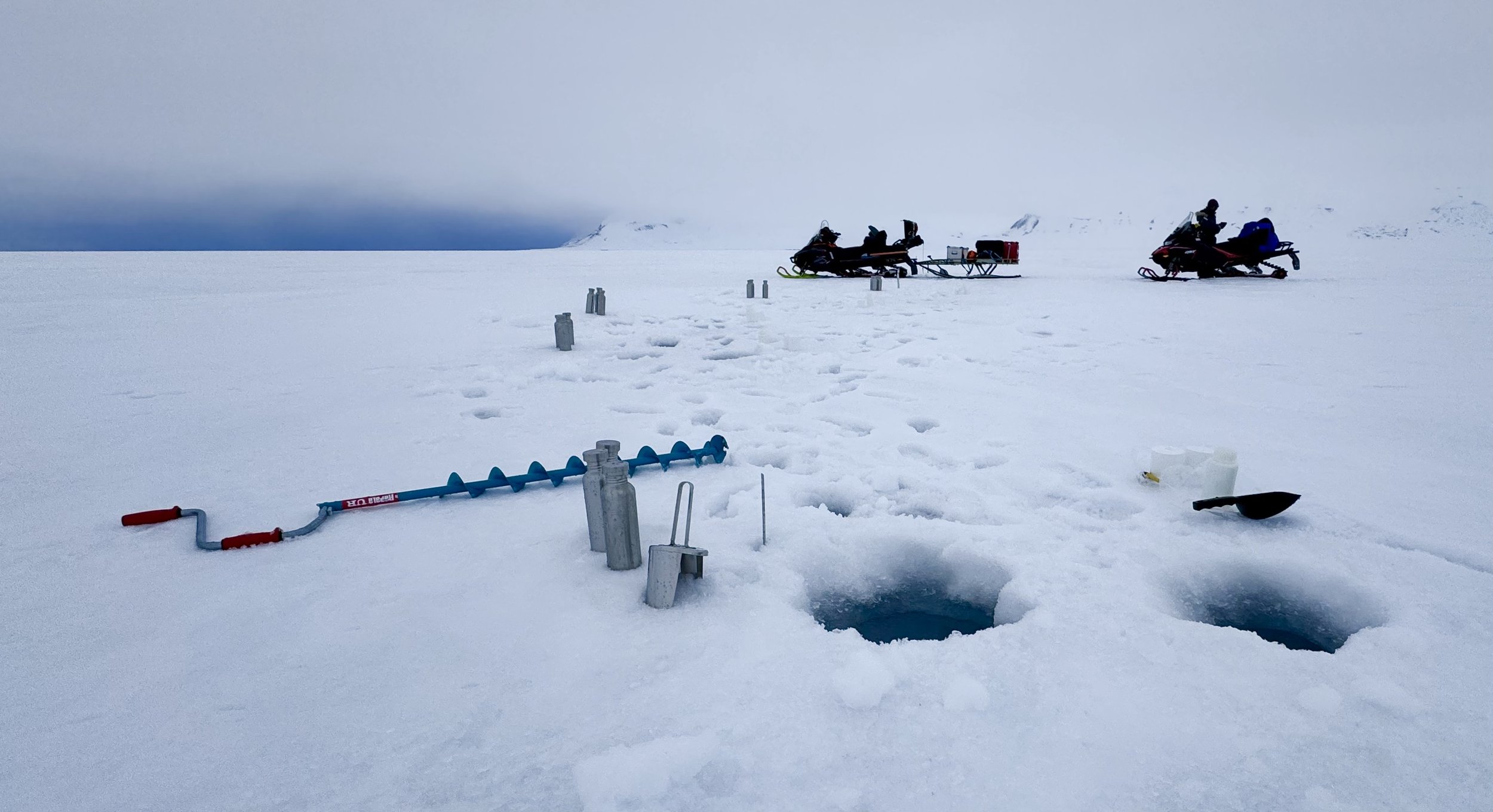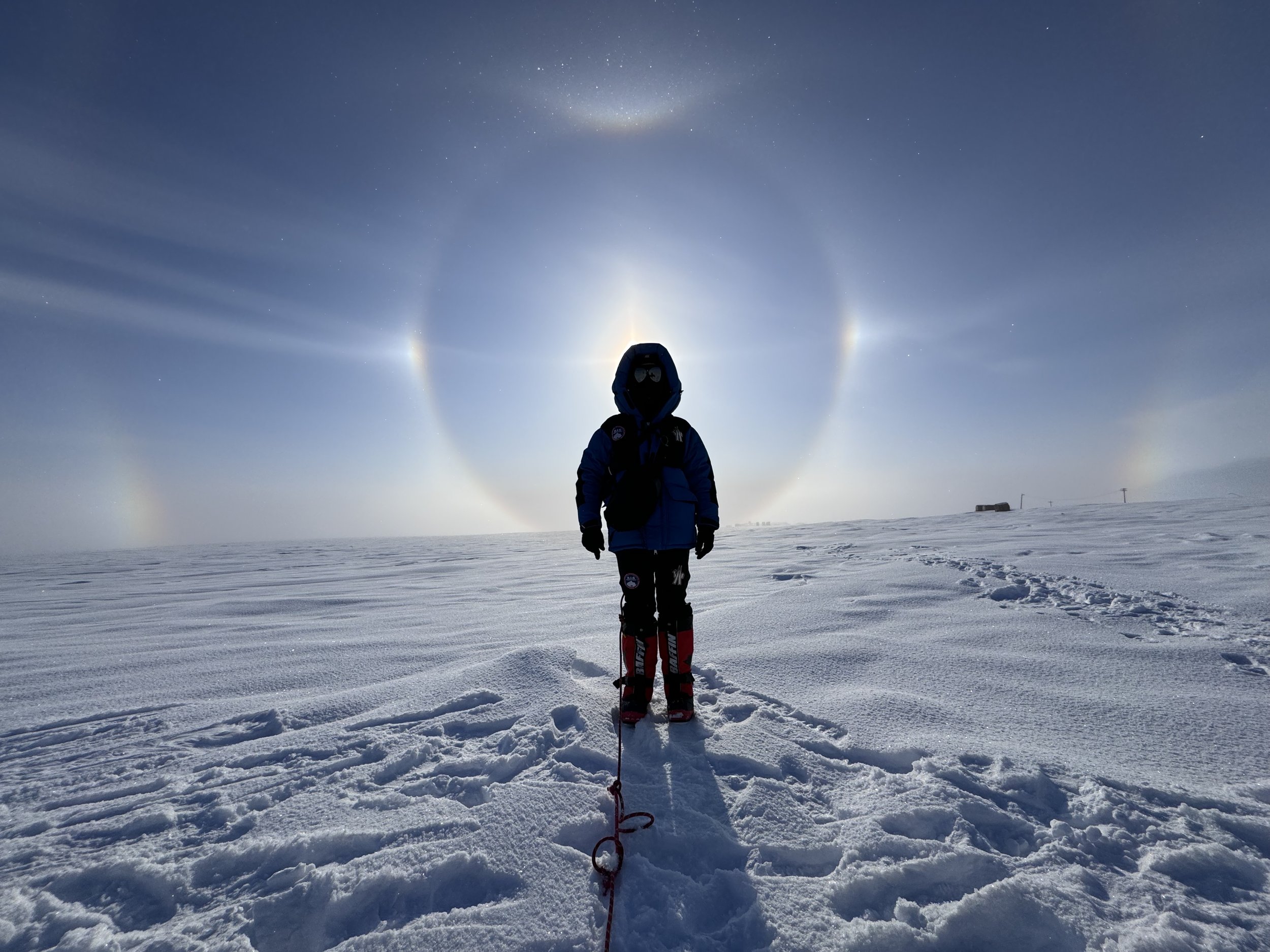It’s been a very busy week un-making one set of plans and re-building another.
We received news on 18th March that the plane that was to fly my B.I.G. North Pole Expedition team to the Arctic Ocean has been denied its certification by the Norwegian Civil Aviation Authority. At such late notice, the operators feel there is no time for an alternative solution to be put in place before the limited window of opportunity in April to travel safely on high latitude Arctic Ocean sea ice closes. This means that no one at all will be able to travel to the North Pole in 2023, including us.
It is a shock - both we and the plane operators were given every assurance since the new year that everything was in place for the 2023 season, so we feel particularly sorry to have passed this confidence on to our sponsors, supporters and partners in the B.I.G. project. As badly let down as we feel ourselves, it is worse to now have the job of letting down others.
We still intend to complete the B.I.G. project on the Arctic Ocean - perhaps via an alternative route - but there is sadly no time to obtain the necessary research permits for this year, so we will need to wait until April 2024. The B.I.G. North Pole Expedition was all about using our last opportunities to access the Arctic Ocean to collect vital sea ice data – and sadly, it seems that our fears were well-founded.
We remain extremely grateful for all the support many have generously extended to the B.I.G. project and continue to do so as we navigate such difficult challenges.
In the meantime, the B.I.G. expedition team will be heading out to Drangajokull, the northernmost glacier in Iceland, to further develop the research that the team started back in 2021. Combining data from Iceland and Svalbard with the data we intend to collect from the Arctic Ocean next year, the B.I.G. North Pole project will be able to deliver a pan-Arctic insight that is far more ambitious in its scope than we would ever have dared plan from the outset – this latest setback only serves to illustrate further how vital it is.

























